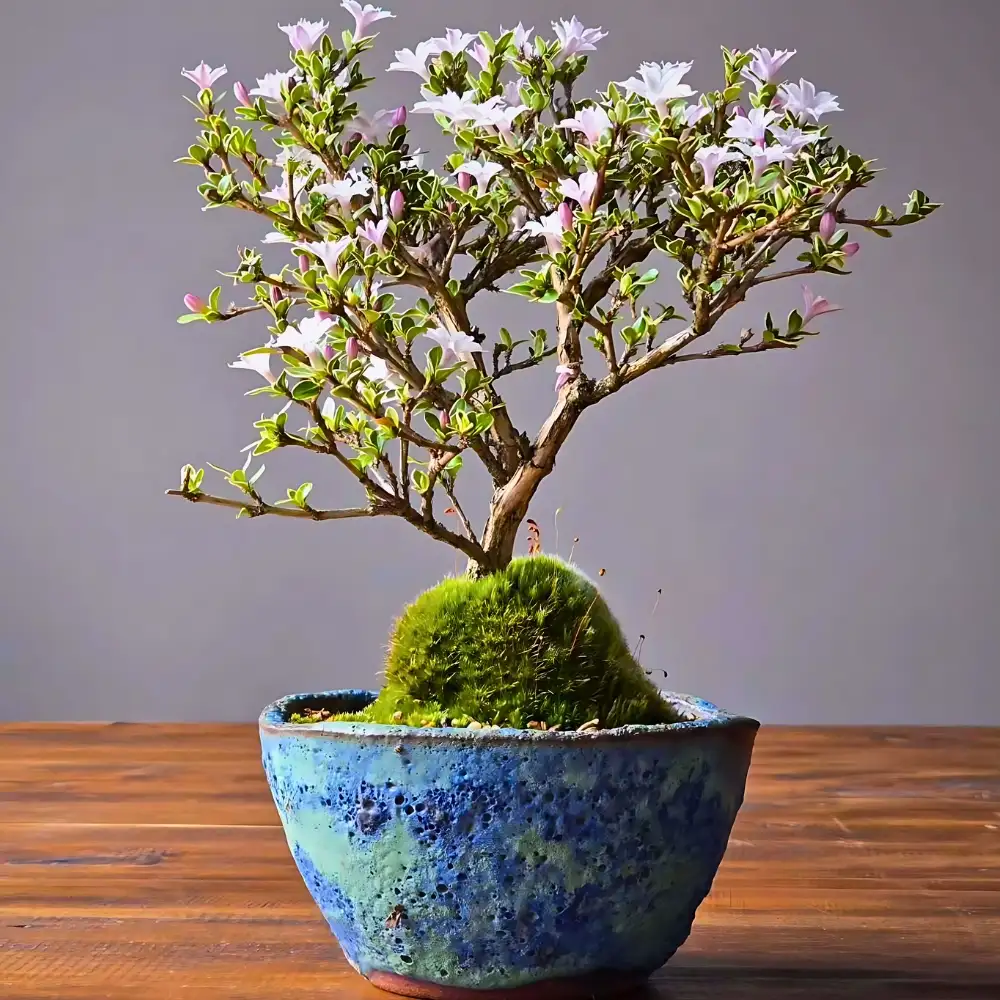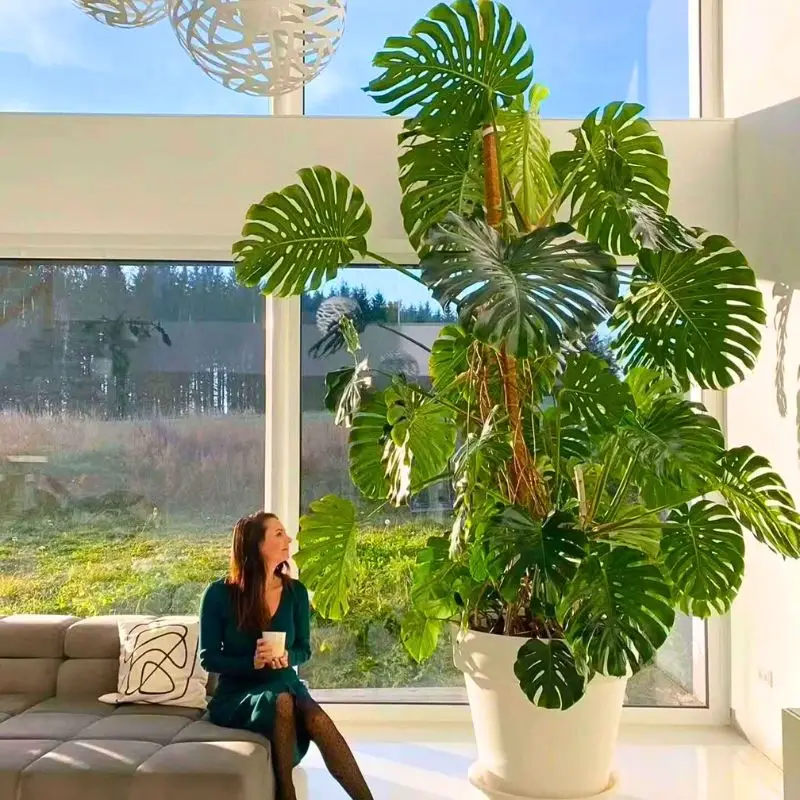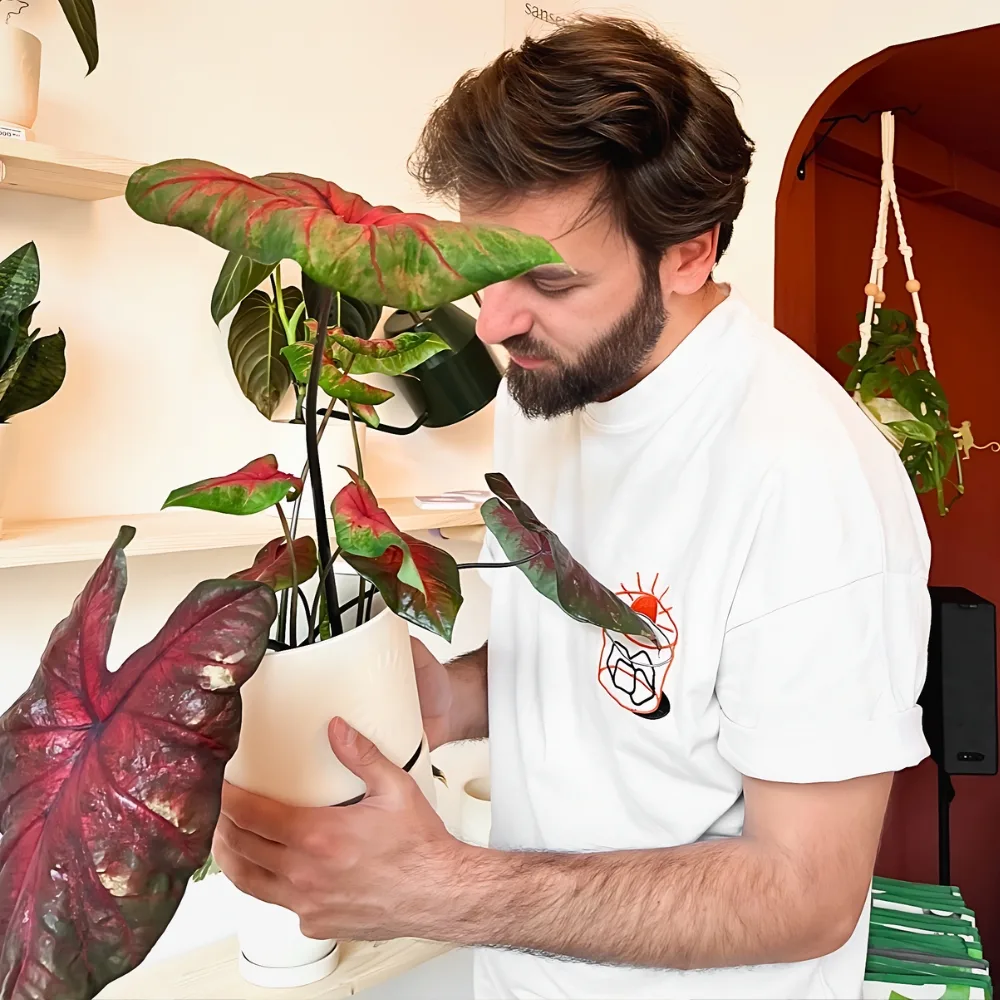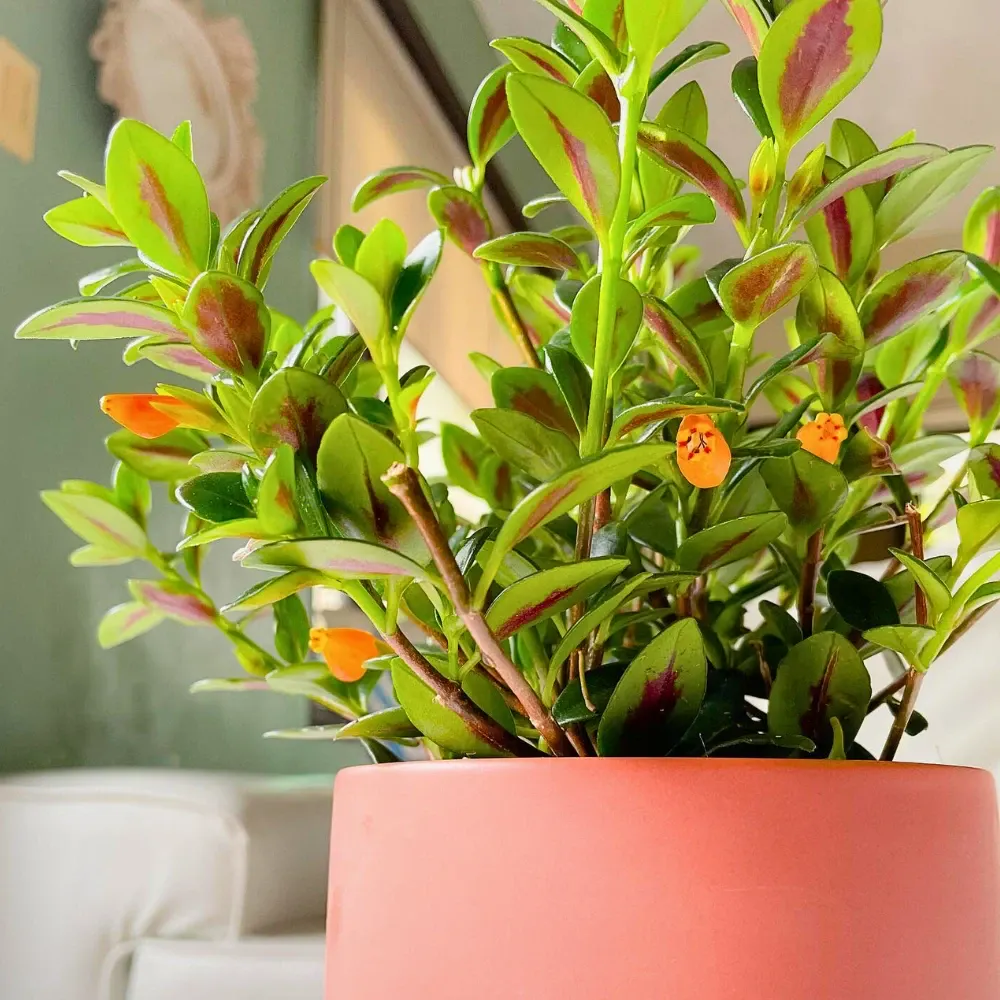Houseplants have become more than decorative accents; they’re companions that bring life, calm, and color into our daily routines. Whether you’re a seasoned plant lover or just starting to care for houseplants, understanding what they need can make all the difference between a thriving indoor jungle and a collection that struggles to survive.
Good houseplant care isn’t complicated. It’s about consistency, attention, and learning to read the quiet signals your plants send. Beyond their beauty, indoor plants can improve air quality, lower stress levels, and boost focus, a welcome bonus for anyone working from home.
This guide offers essential tips for helping your plants thrive, stay healthy, and maintain a space full of natural energy.
Why Indoor Plants Deserve Your Attention
Caring for indoor plants benefits both your home and your well-being. Studies show that being around greenery helps reduce stress, sharpen focus, and lift mood effects which explains why houseplants are staples in home offices and living spaces. They also act as natural air filters, trapping dust and absorbing certain toxins.
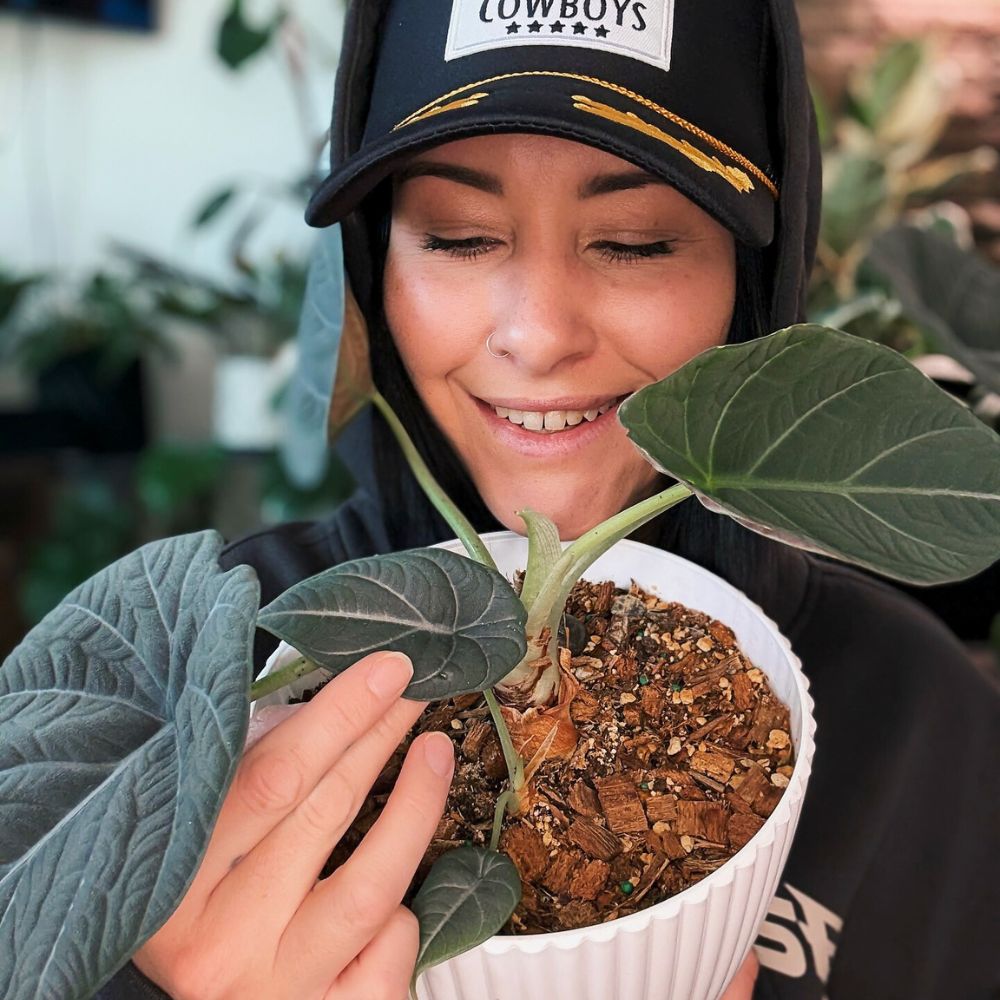
Still, the secret to enjoying these benefits lies in proper indoor plant care. Without enough light, moisture, or attention, plants can quickly lose their vitality. The good news? A few simple habits can keep them thriving year-round.
Understand the Environment Your Houseplants Need
Think of your space as a set of microclimates; match each plant to the light, temperature, and airflow it naturally favors, then fine-tune watering, soil, and nutrition accordingly. Most plants thrive when you avoid overwatering, choose a breathable pot with drainage, and schedule gentle repotting as roots fill out. Watch a single leaf for early cues—curling, yellowing, or crisp tips often precede wider stress. With balanced humidity and consistent care, foliage stays vigorous and flowers develop on cue, transforming your house into a quietly resilient ecosystem.
Light: The Foundation of Growth
Light is the single most important factor in any houseplant care routine. Plants need it to produce energy through photosynthesis, the process that keeps them alive and growing.
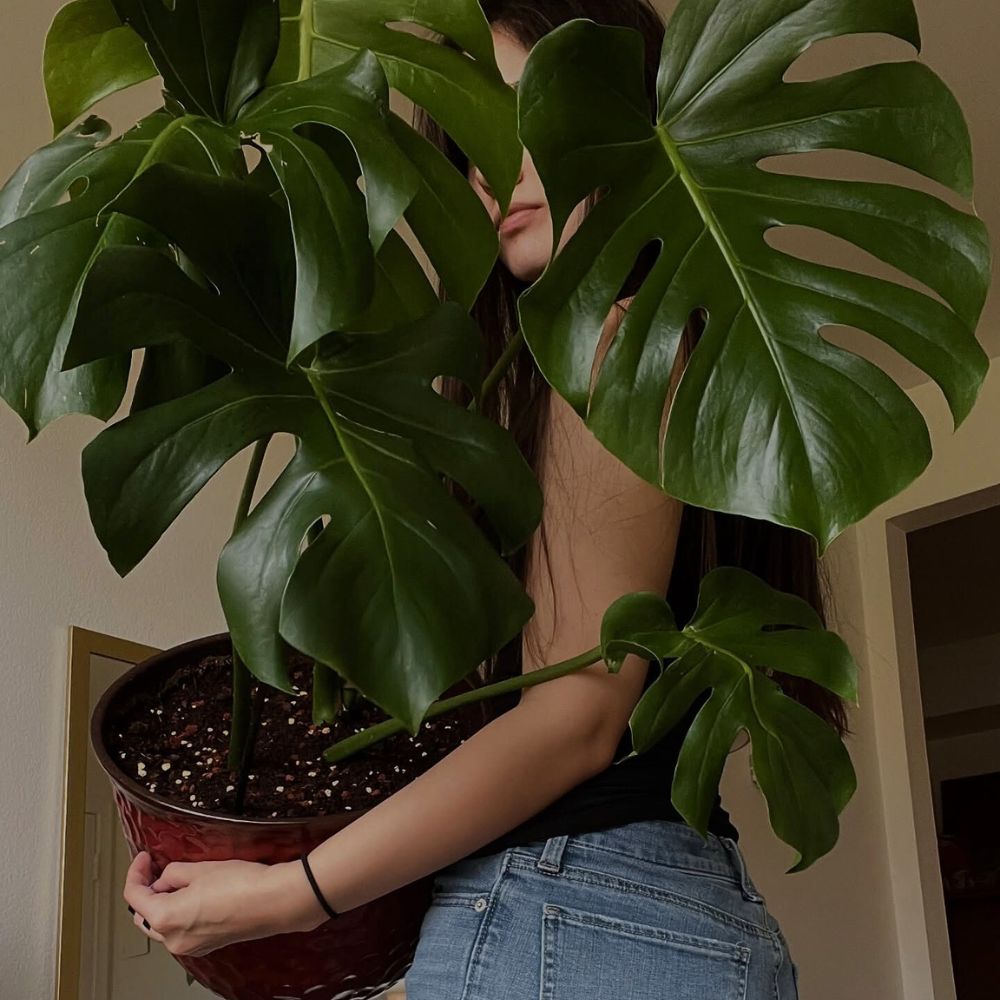
Place your plants near a window where they can receive bright, indirect sunlight. North- or east-facing windows are often ideal. Direct light suits sun-loving varieties like succulents, but can scorch shade-tolerant ones such as Pothos or ferns. Rotate pots occasionally so each side gets even light exposure.
If your home lacks natural light, supplement with a grow lamp to maintain healthy growth.
Temperature and Humidity
Most houseplants feel comfortable in the same temperatures we ideally prefer, between 18°C to 30°C (65°F and 85°F). Avoid placing them near vents, heaters, or air conditioners, as sudden temperature changes can stress the plant.
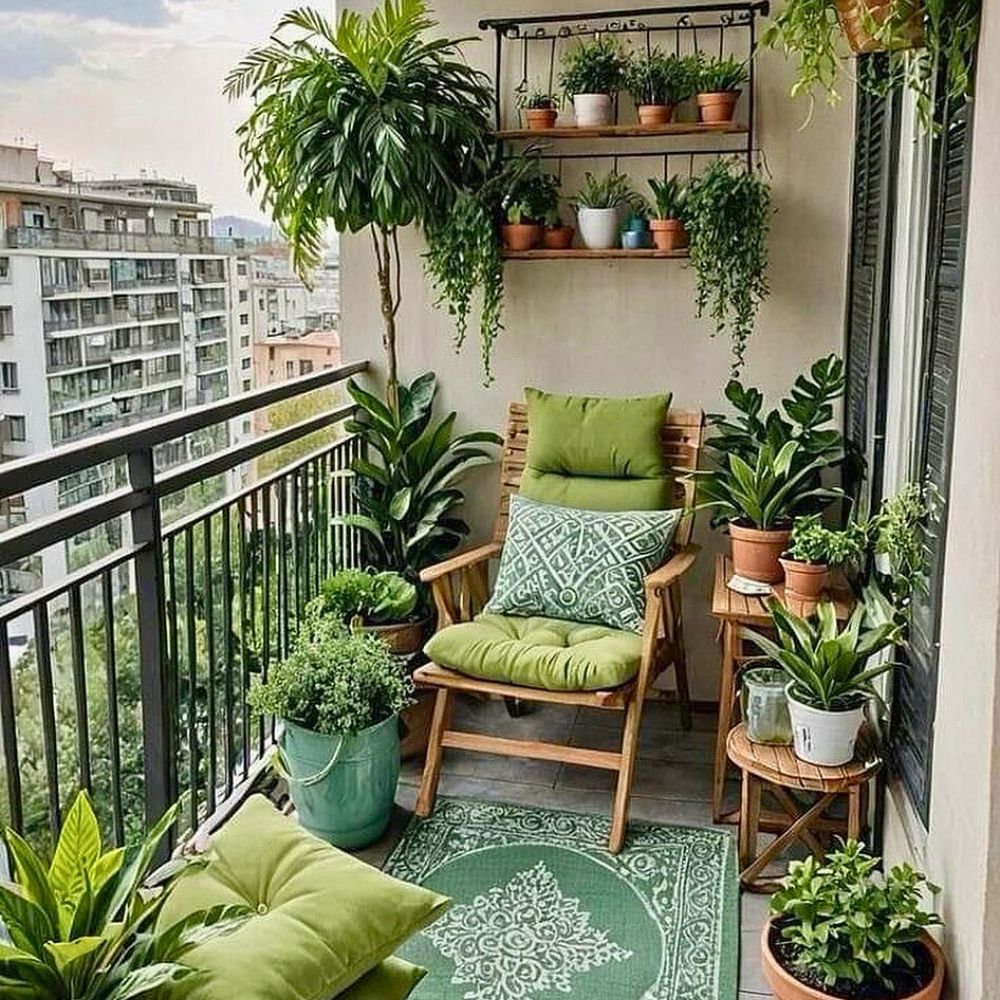
Humidity is another crucial factor. Many tropical plants prefer higher moisture levels. If your indoor air is dry, group plants together or use a humidifier. A simple tray filled with pebbles and water beneath your pots can also help raise humidity around them.
The Basics of Watering and Feeding for Indoor Plant Care
Overwatering is the number-one cause of houseplant decline. Before you reach for the watering can, check the soil. If the top inch feels dry to the touch, it’s time to water. Pour slowly until you see liquid draining from the bottom, then discard any excess water in the saucer to prevent root rot.
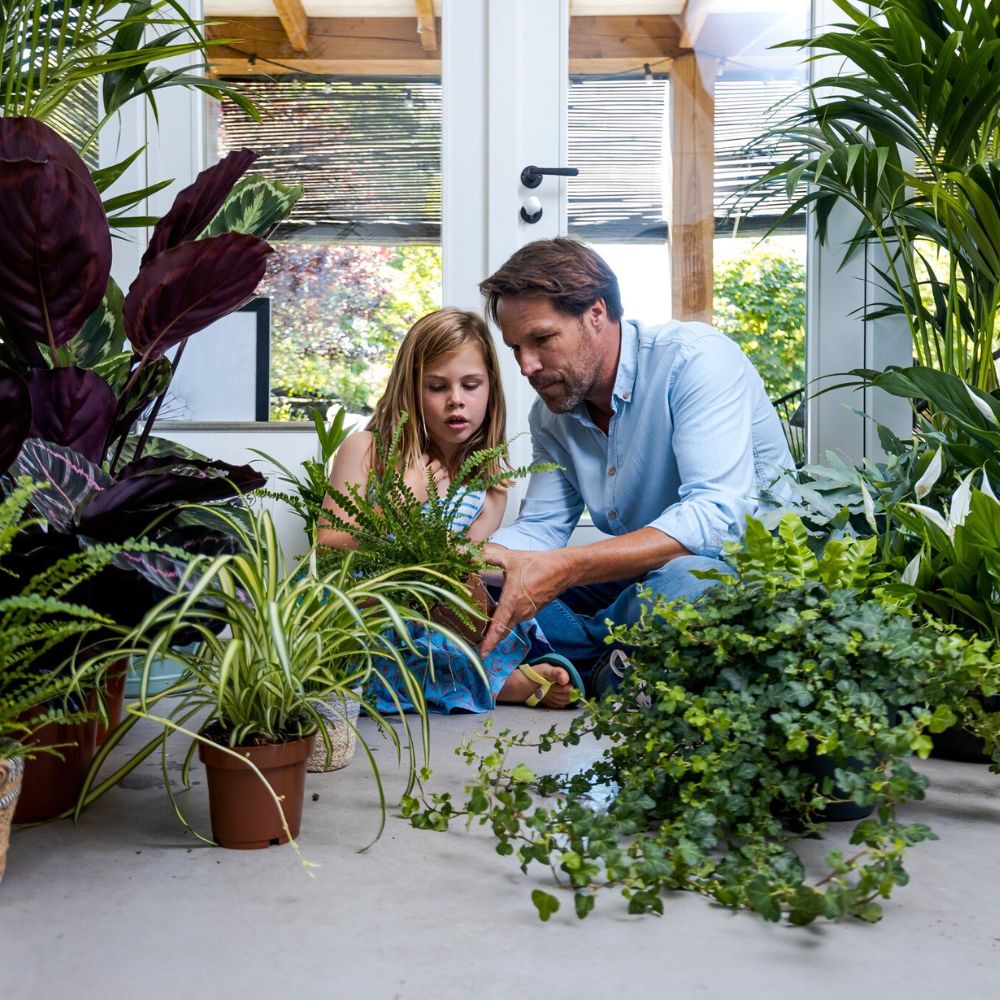
Using rainwater or distilled water is ideal because it contains fewer minerals and chemicals than tap water. During warmer months, you might need to water more often as the soil dries out faster. In cooler seasons, reduce frequency since most plants grow more slowly.
Fertilize in Moderation
Feeding your plants keeps them strong, but too much fertilizer can do more harm than good. Apply a balanced, water-soluble fertilizer every two to four weeks during the growing season (spring and summer). Stop or reduce feeding during fall and winter, when growth naturally slows down.
Cleaning, Dusting, and Monitoring Plant Health
Dust might seem harmless, but it blocks sunlight and clogs pores on leaves, preventing them from breathing properly. Once every few weeks, gently wipe leaves with a soft, damp cloth or use a small brush for delicate foliage. For larger plants, an occasional lukewarm shower works wonders.
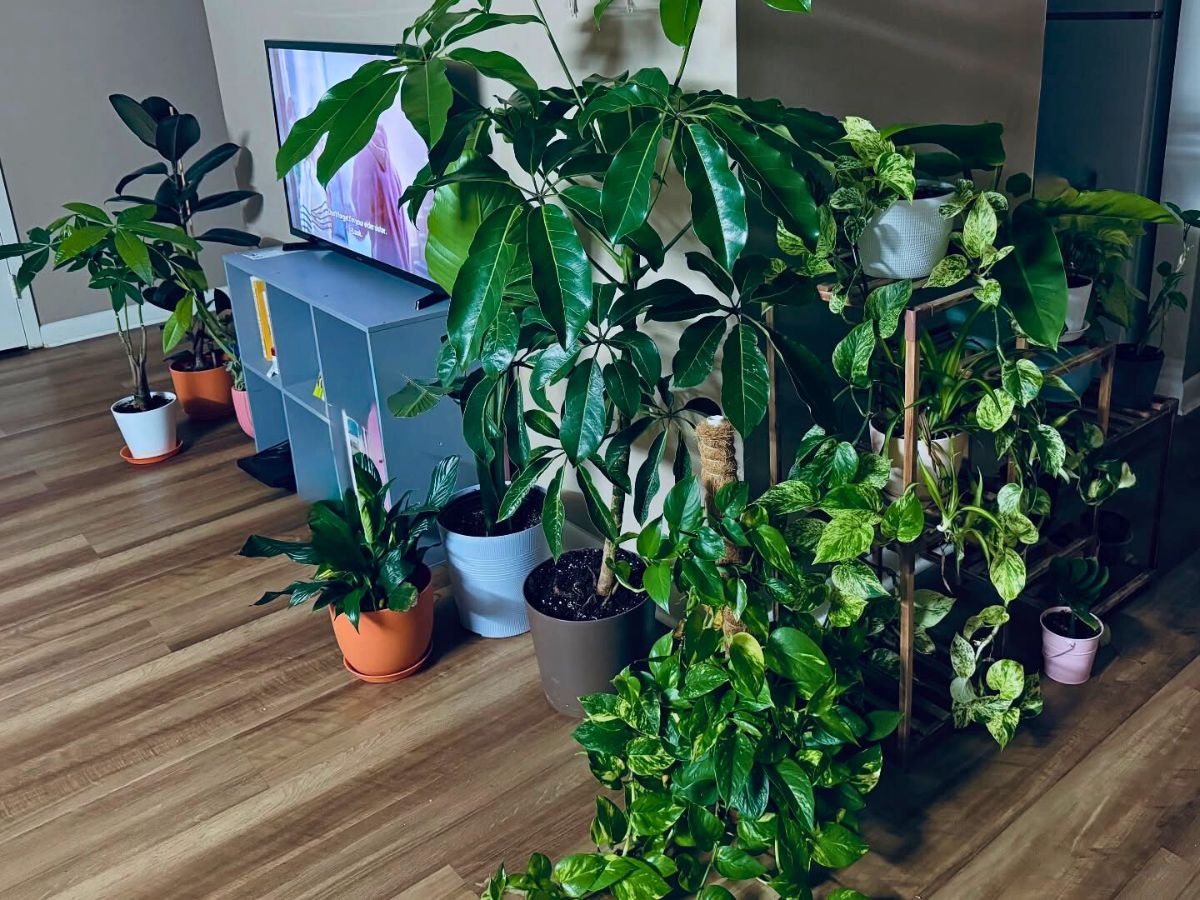
As you clean, inspect for pests like spider mites or aphids. Early detection makes control easier. Most infestations can be managed by rinsing leaves or applying mild insecticidal soap. Clean leaves not only look better but also photosynthesize more efficiently.
Potting, Soil, and When to Repot
Healthy roots need air, space, and good drainage. Always use pots with drainage holes and a quality potting mix suited for indoor plant care — not dense garden soil. The right mix should hold moisture but drain well to avoid waterlogging.
If roots start circling the bottom of the pot or pushing through drainage holes, it’s time to repot. Choose a container that’s one size larger, gently loosen the roots, and refill with fresh soil. Repotting every 12–18 months rejuvenates the plant by giving the roots new space and nutrients.
Keep Pets and Plants Safe
If you have pets, place your plants out of reach. Curious cats and dogs may nibble leaves, knock over pots, or dig into the soil. Some species, such as lilies, philodendrons, and dieffenbachias, can be toxic if ingested. Check toxicity lists before bringing new plants home, and use sturdy stands or hanging planters to create separation.
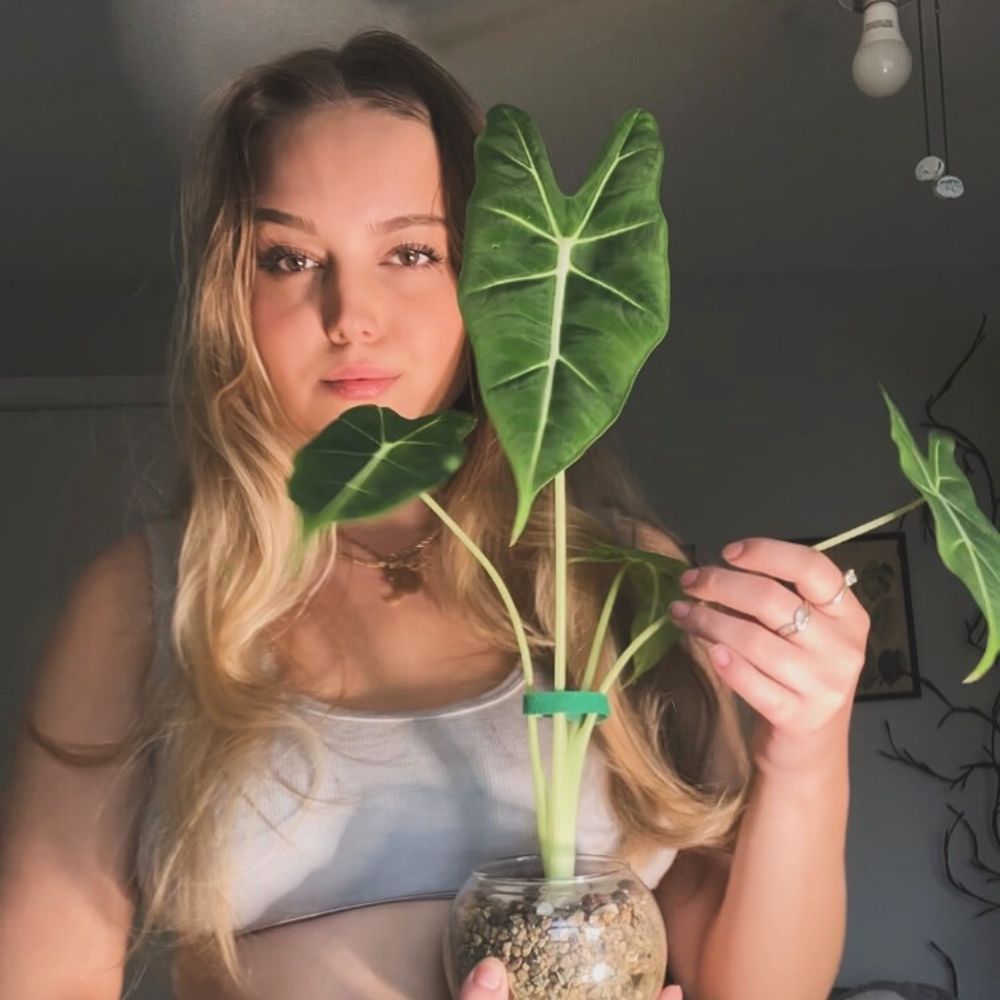
Choose the Right Plants for Your Lifestyle
Your success with houseplants depends on matching your time, lighting, and lifestyle. Busy or frequently traveling? Opt for low-maintenance options like the ZZ plant, Snake plant, or Pothos, all of which tolerate lower light and infrequent watering.
If you enjoy routine care and have bright light, explore calatheas, fiddle leaf figs, or peace lilies. Buy from reliable plant stores instead of supermarkets; local nurseries often provide healthier specimens and tailored advice for your environment.
Invest in Tools That Make Care Easier
Quality tools simplify your houseplant care routine. A moisture meter helps you water precisely, while a soft spray bottle keeps leaves fresh. Keep a set of pruning shears for trimming dead growth and a watering can with a narrow spout for controlled flow. Investing once in good equipment saves time and improves plant health long-term.
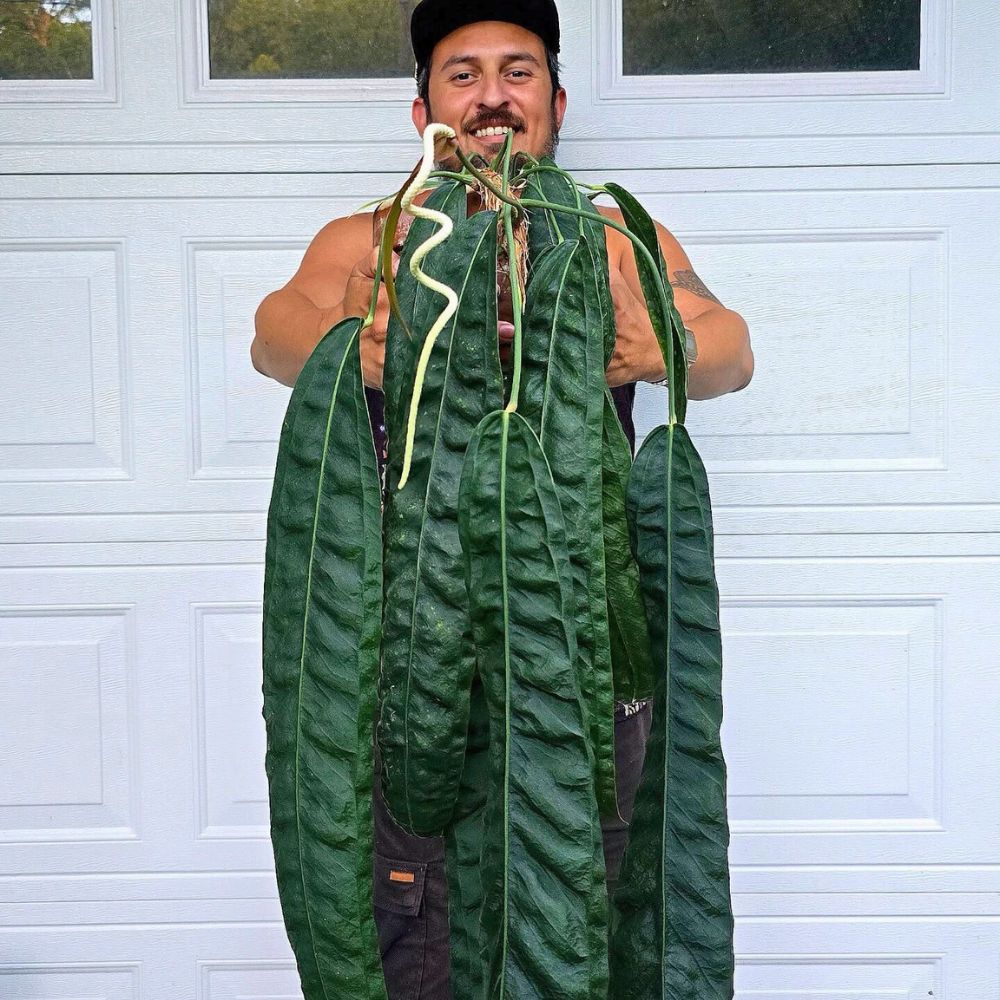
Adjust Care Across Seasons and When Traveling
Seasons affect how you should care for houseplants. During winter, shorter days mean less light and slower growth, so water sparingly. In summer, heat increases evaporation, add water more frequently, and boost humidity.
If you’ll be away, move plants out of direct sunlight, water them thoroughly, and group them to conserve moisture. For longer trips, consider self-watering pots or ask a friend to check in once a week.
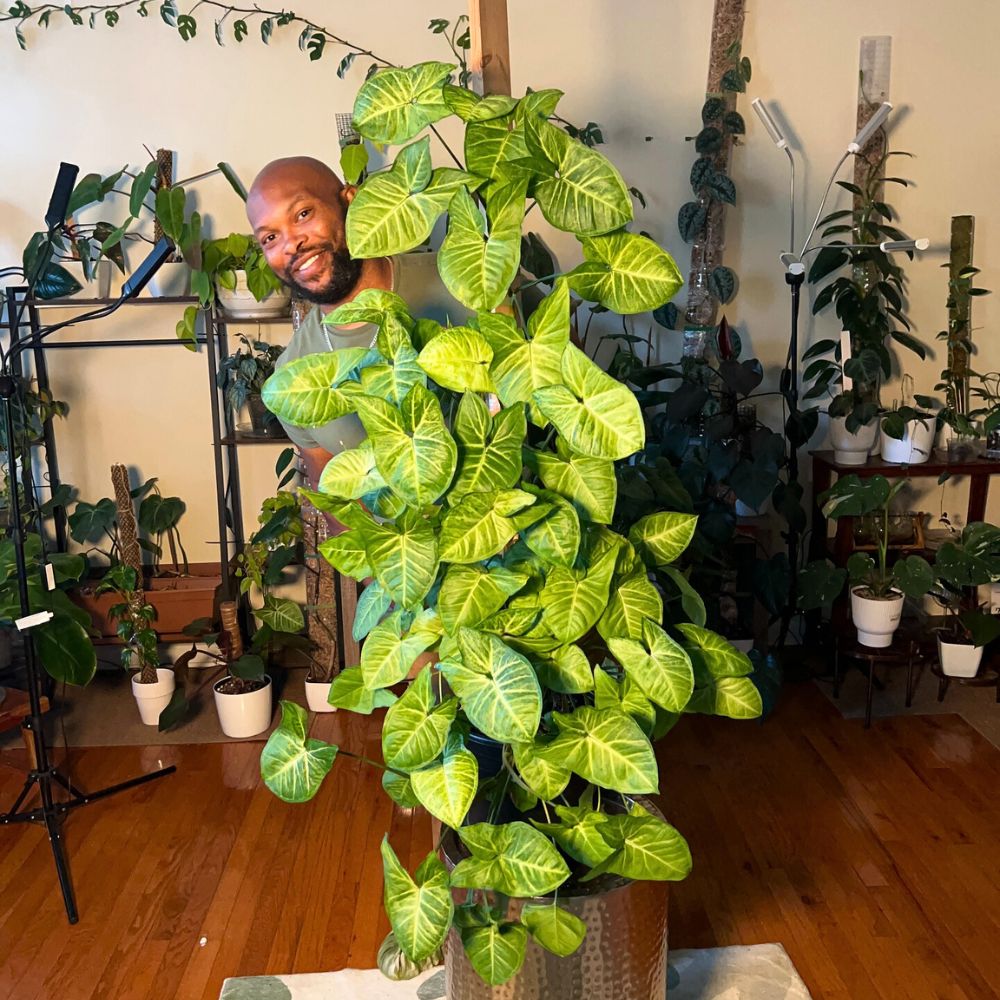
Caring for indoor plants is both an art and a habit. There’s no single rule that applies to every species; each plant has its own rhythm. Observe the leaves, feel the soil, and adjust as needed. With patience, you’ll develop a sense for what your plants need and when they need it.
When you commit to mindful indoor plant care, your reward is a living space filled with vitality, clean air, and quiet satisfaction, proof that a little consistency and attention can truly make anything grow.
Header image by @Air So Pure.


